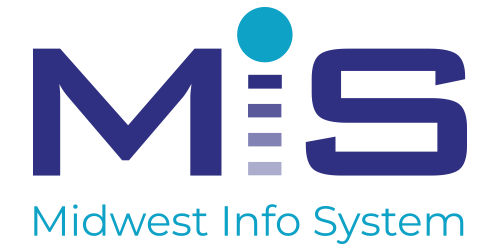Some Chromebooks can go toe-to-toe with Mac and Windows laptops, but they may not be best for everyone. Here’s how to choose what’s right for you.
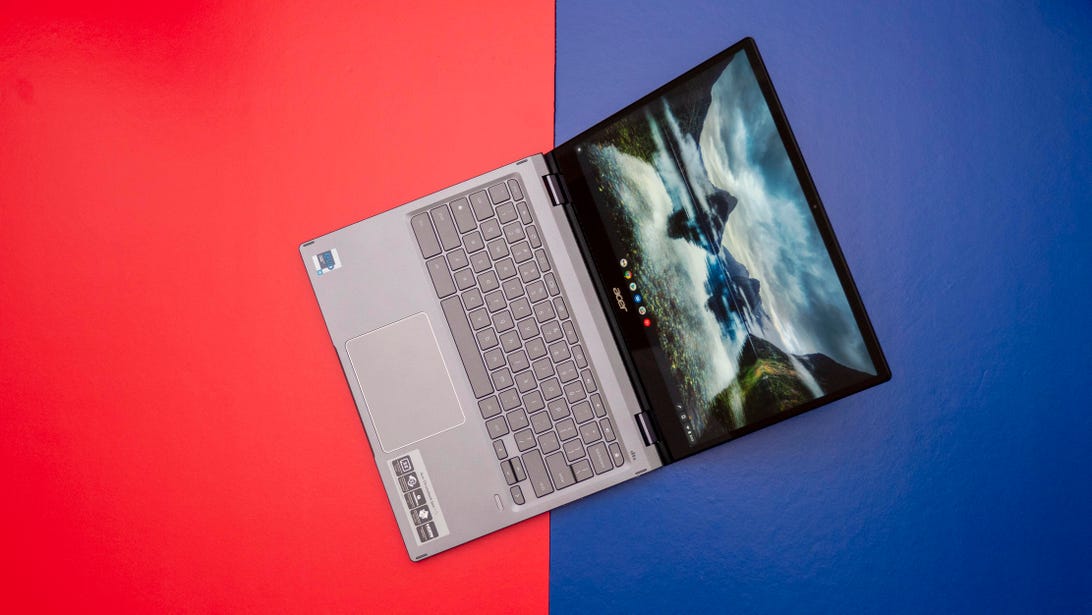
Chromebooks are laptops and two-in-ones running on Google’s Chrome operating system. The hardware might look like any other laptop, but the minimalistic, web-browser-based Chrome OS is a different experience from the Windows and MacOS laptops you’re likely used to. Whether you’re considering switching to one from a Windows laptop or MacBook, your kid received one from their school or you’re simply Chrome OS curious, here’s everything you need to know.
When Chromebooks first arrived in 2011 they were routinely derided — and rightfully so — for their limited functionality and reliance on a consistent internet connection. The operating system turns 10 years old this year and today’s Chromebooks are far from where they started, but some things haven’t changed and you might not be willing to work with the limitations they do have. Also, if you don’t feel like reading this and would just rather experience Chrome OS, here’s how to temporarily run it on any laptop using an inexpensive USB flash drive you probably already have lying around.
What can and can’t I do with a Chromebook?
When Chrome OS launched it was essentially Google’s Chrome web browser. For those used to an operating system like Windows and Mac, it made the average Chromebook seem like little more than a laptop that runs a web browser and that’s all.
Even if the Chrome OS never matured beyond that, the fact is quite a lot can be done entirely on the web these days. Take stock of everything you do on a daily basis and you may find there’s nothing you can’t accomplish with Chrome at its most basic level.
That said, a Windows laptop or MacBook can run the Chrome browser as well as other software supported by those operating systems. Even if you don’t immediately need a particular piece of software, it’s nice to have the option. Plus, if you’re shopping for a Chromebook for remote learning with Google Classroom, a Mac or Windows PC will work as well.
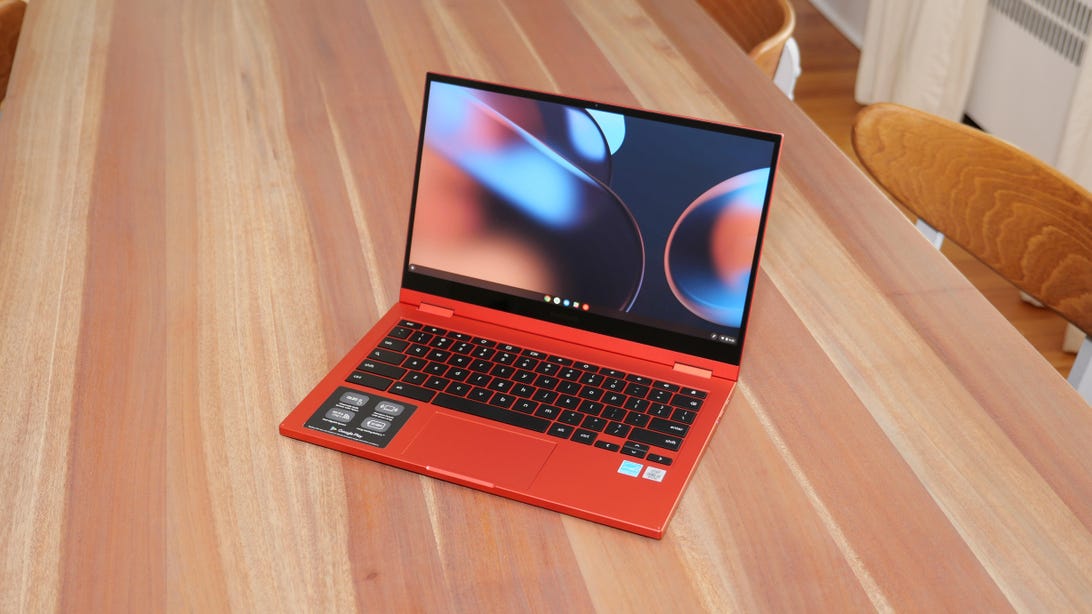
Along those lines, Chromebooks are not natively compatible with Windows or Mac software. You can use VMware on Chromebooks to run Windows applications and there’s support for Linux software, too. Plus, current models can run Android apps and there are also web apps that are available through Google’s Chrome Web Store.
One of the big hurdles here for many people is access to Microsoft Office. You can’t install the full Office software on a Chromebook, but Microsoft makes both web-based and Android versions available in the Chrome and Google Play stores, respectively. But generally speaking, if you need or want a specific Windows or Mac application — and there’s no suitable web or Android app substitute and you don’t want to use VMware — don’t get a Chromebook.
Also, if you need advanced photo- and video-editing capabilities, you’ll want a Windows, Mac or Linux laptop. Basic photo and video editing is fine, but Chromebooks typically don’t offer the graphics performance you need for demanding tasks or, again, the option to install Windows or Mac software and games. On the other hand, with streaming-game services like Google Stadia, Nvidia GeForce Now and Xbox Cloud Gaming, Chromebooks can now be used for more than Android and browser-based games. You can also install and play Linux games, though you’ll need a higher-end Chromebook to do it. Plus, there are also several Android apps available for photo and video editing, including Adobe options.
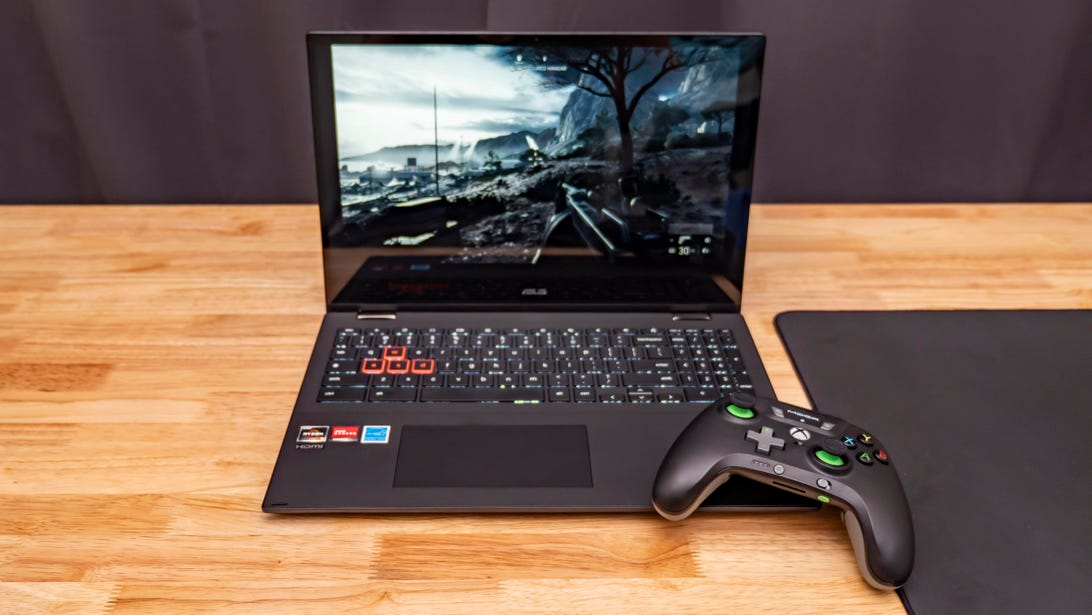
What is a good Chromebook?
Several years ago, all Chromebooks were pretty much the same regardless of what company made them. Now, there’s a far greater variety of laptops and two-in-ones — convertibles and tablets — to take advantage of Chrome OS’s current capabilities. You’ll still find more sizes and styles when it comes to Windows laptops, especially if you need top processing and graphics performance, but the variety of options is much better than in the past.
If you’re just after a good, basic experience with a Chromebook, the small, lightweight OS has minimal hardware requirements and the same goes for web apps. Having a faster, higher-end processor, more memory and greater storage for files and apps will help keep demanding multitaskers moving along, but otherwise here’s what I recommend when I’m asked what basic specs to look for:
- Intel Celeron or Core i-series, AMD Ryzen or MediaTek processors
- 4GB of memory or more
- 64GB of storage
- Full HD (1,920×1,080-pixel) display
There is flexibility with these recommendations. You can get a 1,366×768-resolution display, for example, but the cheap ones used in low-end Chromebooks look particularly soft next to full-HD models. And you can get by with 32GB of onboard storage as long as there’s a microSD card slot to supplement it or you don’t plan to download a lot of Android apps. Unlike a regular laptop, a Chromebook relies more on cloud storage for files rather than local storage. It’s also worth noting that many times storage and memory are soldered on and can’t be upgraded after the fact so you might want to plan ahead.
Regardless of what Chromebook you buy, before you buy it you should find out the device’s Auto Update Expiration date, or AUE. Currently, non-Google hardware is only supported for so long before it stops receiving Chrome OS and browser updates, including those for security. For models released in 2020, the date is roughly 7 to 8 years from the initial release of the device, but that’s not always the case. Google maintains a list of AUE dates for all models and you should check it before you buy a Chromebook, new or used.
Do Chromebooks need an internet connection?
When Chromebooks first launched they basically became paperweights when they were offline — a real issue if you were in the middle of editing an important document you suddenly couldn’t save because your web connection dropped. Things have thankfully gotten better as Google improved offline capabilities and common apps like Netflix, YouTube and Spotify have offline options as well.
For a regular laptop, being offline is a little less of a problem since you’re using installed software that saves to internal storage. While neither experience is great offline these days, Chromebooks are not a great choice if you’re not willing and able to be online most of the time. On the upside, Google has made it very easy for Android users to turn their phones into instant mobile hotspots and to have Chromebooks and Android devices work better together.
Are Chromebooks cheap?
Because of the low hardware requirements of Chrome OS, not only can Chromebooks be lighter and smaller than the average laptop, they’re generally less expensive, too.
New Windows laptops for $200 are few and far between and, frankly, are rarely worth buying. Finding a good $200 Chromebook, on the other hand, is pretty easy to do (or at least it was prior to COVID). And while spending more will get you better build quality, more features or faster performance, even these premium Chromebooks typically start between $400 and $500, but can easily run more than over $1,000 depending on your needs.
With Windows laptops, you typically need to spend $700 or more to get a thin, lightweight model with decent performance and battery life that will hold its performance for years to come. Chromebooks
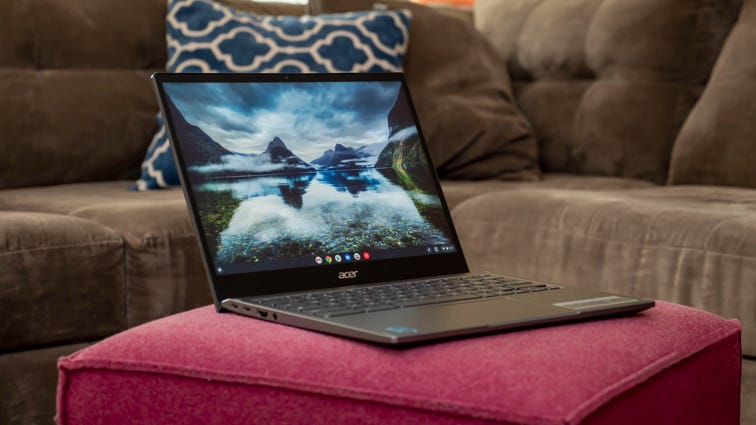
The simplicity of a Chromebook can’t be beat. If everything you do can be done in a web browser or with web or Android apps, there’s little reason not to go with a Chrome device. Although with Android, Linux, Parallels and VMware support, you can do much more today than when they first arrived in 2011
Source: Laptop vs. Chromebook: What’s the difference and which best fits your needs (cnet.com)
